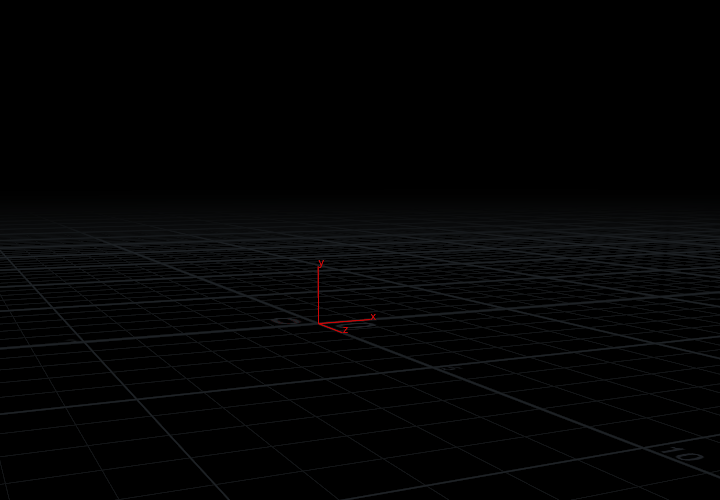I've created my animation pipeline. I call it "dim + coord ▸ distort ▸ fill". The principle is as follows.

example and preview
dimension
- dimension is the attribute generated on each point (or vertex or primitive)
- dimension is usually a static attribute, but can also be animated
- its values are 0-1 (for example, where the object should be revealed first, the dimensions are 0)
- this attribute is generated similarly to @uv, but it is meant to have a specific flow on the geometry:
- linear falloff
- radial falloff
- geodesic falloff
- along curvatures
- noise patterns
- responsible vex functions, so far:
coordinate
- coordinate is one (detail) attribute for the whole object
- this attribute is meant to be animated
- its value is 0-1
- the value is a "place" or altitude, or level of dimension
- at this place (or above/below) "something should happen"
- it can be driven by MIDI
- responsible vex functions, so far:
- coord_midi()
- any variable or attribute
fill
- fill is a general name of function that evaluates dimension versus coordinate
- it generates an "result attribute" which we later use to drive anything
- the principle is similar to filling the dimension up to the right coordinate
- also can be described as a search for places where the dimension is equal to the coordinate
- the function supports:
- smooth feather
- remapping of the falloff from the "hit"
- responsible vex functions, so far:
distort
- distort is powerful set of functions
- I used to adjust dimension or the fill in space or time
- responsible vex functions, so far:
segment
- for example, on the human body we could segment the dimensions (hands, legs, hull)
- text has segment dimensions (words, letters)
- fractured object may have dimensions (clusters, small chunks)
bias
- biases the values to 0 or to 1
ease
- eases the values in or out
noise
- adds noise to the range
- chramp argument specifies, where to add the noise in the 0-1 range
lut
- look up table
- simple chramp to remap the fill or dimension, or time
shrink
- just "reversed fit01" with user interface
apply
- the resulting attribute can be used for any purpose:
- amount of particle generation
- temperature of the fire
- velocity field for flip
- strength of constraints
- primitive primitives, transformed packed primitives
